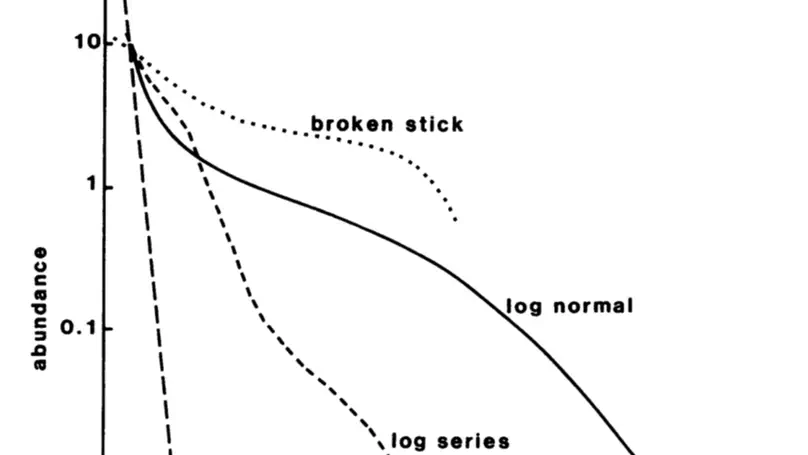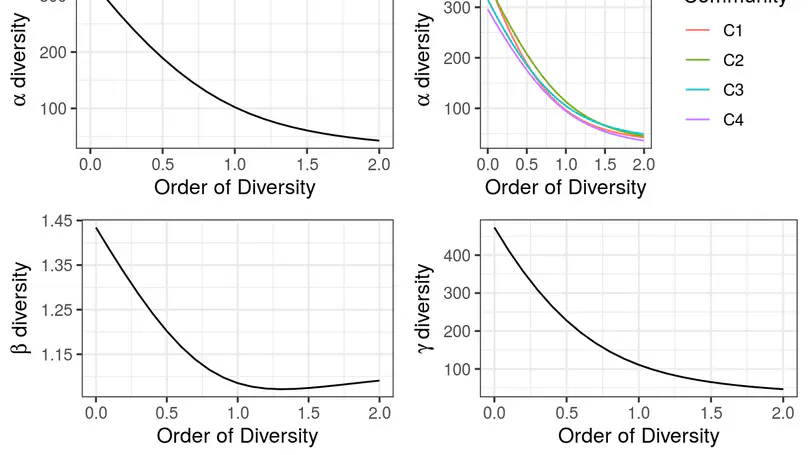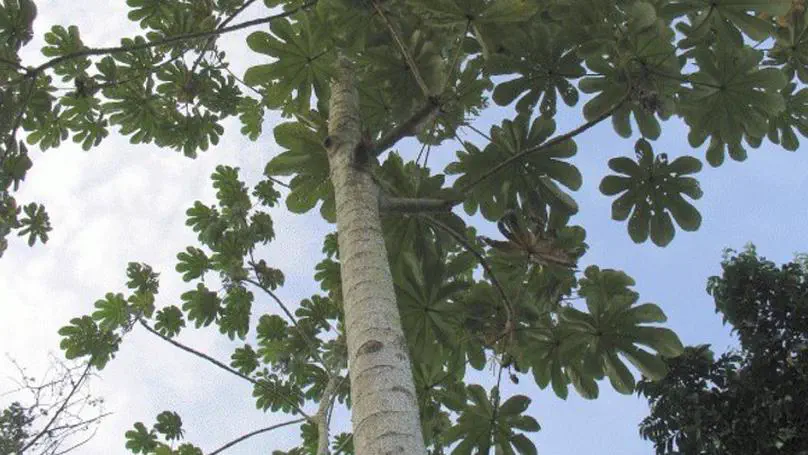Courses
Switch to the French version to see my courses taught in French.

No other general attribute of ecological communities besides species richness has commanded more theoretical and empirical attention than relative species abundance (Hubbell, 2001). The aim of the course is to understand the main abundance distributions, master the different representations and understand area-species relationships, at different scales.

The original definition of biodiversity is the number of species in a community. It has been extended in many ways, often using ad-hoc indices. This course introduces a unified approach to measuring biodiversity, based on information theory, which allows biodiversity to be described as an effective number of categories (usually species) corresponding to the question at hand: taxonomic diversity when all species are considered equivalent, phylogenetic diversity when their evolutionary proximity is taken into account, and functional diversity when the distance between pairs of species does not fit into a tree.
